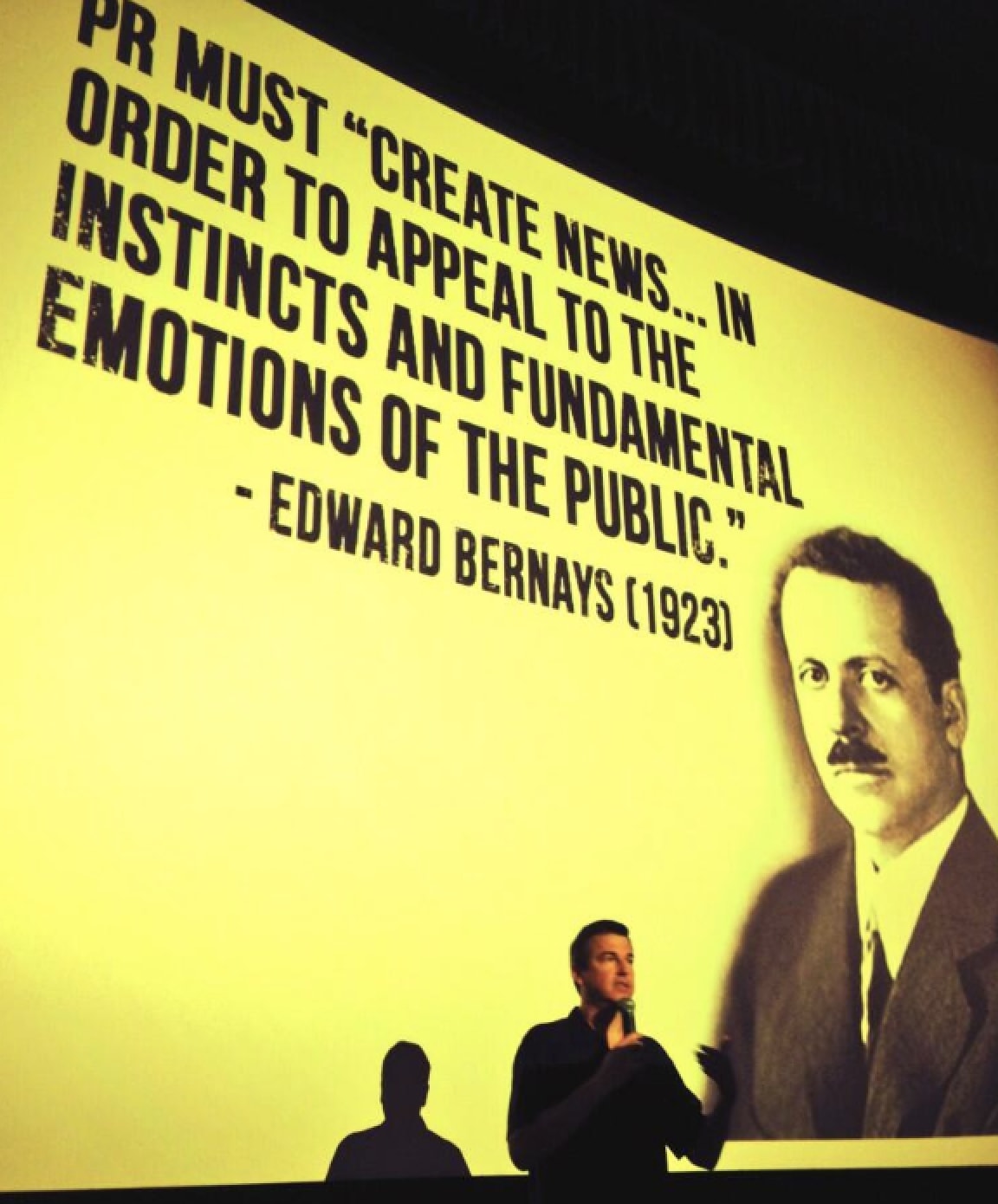Traditionally, media relations has been about two things: relationships and stories.
If you have a relationship with a journalist, analyst or other influencer, they are more likely to open your email or take your call. Then, once you’re in the door, you’ve got to have a story that the influencer believes would be of interest to their audience. Of the two, the latter is more important. If you pitch a dog of a story to a journalist with whom you have a relationship, you diminish the relationship. If you pitch a compelling story to a journalist who doesn’t know you from Adam, you’ve created the basis for a relationship going forward.
For this reason, story ideas have been the primary currency in public relations since the days of Edward Bernays.

What Makes for a Winning Story Pitch in 2017?
But let’s dig a little deeper. What makes for a compelling story for a journalist today?
Obviously, reporters and writers have natural interests and assigned beats, so reading what they typically write about is a clue as to what pitch might appeal to them. But ultimately, a journalist is looking for stories that will appeal to his or her audience.
That used to be a determination made in an editorial meeting, with journalists talking among themselves about what was newsworthy or which stories readers would like. Today, what the audience wants is more transparent. You just have to analyze digital metrics like page views, time on site, social and email sharing, returning visitors and the like.
Media organizations have shifted their business models and organizational structures dramatically based on this new transparency. They have evolved their compensation models for staff journalists and contributors as well, to provide bonuses based on page views and other audience metrics.
The reason is simple: these metrics drive advertising rates.
The Journalism of Views and Engagement
Audiences see the effects of these changes every day in the form of click-bait headlines to solicit page views, slideshow-format stories to maximize page views per story, and other trends that have not necessarily improved the audience’s experience. Not to mention the entirely fabricated headlines and articles (“fake news”) that generated such a whirlwind of shares and publicity during the most recent presidential campaign.
Some news sites employ compensation models in which writers receive very modest base pay, with most of their income driven entirely by page views. The more the writer produces, and the more clicks per article, the higher the total compensation. It’s the equivalent of a waiter or waitress working for tips. But for young journalists seeking to establish themselves, it’s sometimes the best available option.
Established media organizations that are more conscious of their brands, and that wish to avoid their news judgment being compromised by clicks, have either kept their traditional compensation models or adopted hybrid models, in which base salaries are relatively unchanged, but bonuses are determined all or in part by audience metrics.
Smarter news outlets have gotten more sophisticated in which metrics they use as well. Whereas a focus on page views – and the clickbait it encourages – used to be the norm, now more outlets are looking at bounce rate, returning visitors and time on site. These measures speak to building real audiences rather than simply tricking them into visiting your page.
Social Media Engagement as a Currency for PR Professionals
So, what does this sea change mean for the business of media relations? It means that a journalist must now consider anticipated metrics for a given story when evaluating a story pitch.
From the PR practitioner's standpoint, it means that the “Relationship-Story” cycle – where a PR pro establishes a relationship, then strengthens that relationship by pitching compelling stories – has added a third component. We now have a “Relationship-Story-Engagement” cycle.
In the Relationship-Story-Engagement cycle:
- The PR pro establishes a relationship with the journalist;
- The PR pro pitches a story of interest to the journalist, strengthening the relationship;
- The PR practitioner drives engagement for the journalist’s published story, helping to ensure that the overall experience is viewed by the journalist as a success.
Public relations agencies are tackling this new media landscape in a variety of ways. Here are three methods currently in practice:
- Sharing a published story about a company on the company’s social channels. This is a no-brainer and is currently the extent of most agencies’ efforts. Virtually every PR agency encourages its clients to share media coverage on their corporate Twitter, Facebook and LinkedIn accounts. In most cases, however, this is done to build brand authority, rather than to drive referral traffic to benefit the journalist.
- Sharing a published story about a company on the company’s social channels – as well as through the social channels of its individual employees. This represents a major expansion from the first approach. Imagine that whenever a journalist writes a story about your client, the journalist knows that this story will be shared by dozens – perhaps even hundreds or thousands – of your client’s employees, all with links back to the original story. That will not only enhance the client's brand authority, it will also make a difference for the audience metrics that are important to the journalist.
- Having a company’s employees share virtually all stories published by key journalists, whether the stories mention the company or not. Most social-savvy companies are publishing curated industry content already; what if as part of this curation strategy, you focused on the content of the journalists most important to your client? If a journalist knows that every time he or she publishes a story, your client is going to do all it can to help drive engagement for that story, don’t you think it will build a stronger relationship for future pitches? For a client with thousands of employees, this could literally equate to tens of thousands of shares each month for a target journalist. This would have a significant impact on referral traffic and all the other metrics that are valued by the journalist and the media outlet. It would also further strengthen your relationship in advance of your next story pitch.
And so there you have it. We’ve come full circle, back to relationships and stories -- updated for the way audiences find content, and journalists get rewarded, in 2017.
If you’re not factoring this into your public relations programs today and going forward, you’ll find yourself falling further and further behind the curve.

 5 min read
5 min read





 6 min read
6 min read

